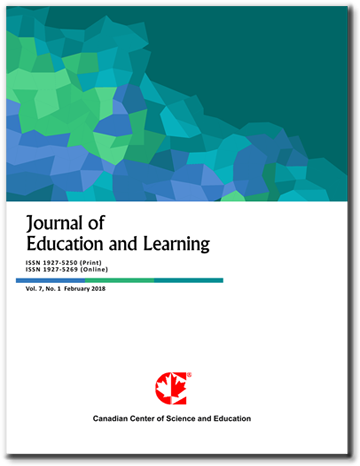Nonlinear Learning Trajectories From Natural to Decimal Numbers in Zambia Based on Process-Object Dualism
- Yoshitaka Abe
Abstract
Understanding the transition from natural to decimal numbers is a central challenge in mathematics education, especially in developing countries. The present study investigates how Zambian primary students conceptualize decimal numbers and which cognitive difficulties they encounter, using Sfard’s process–object dualism as a theoretical framework. To capture children’s conception, I focused on the sub-item of conception, knowledge. Data were collected over two years from 204 sixth- and seventh-grade students through assessments and interviews. To capture students’ cognitive trajectories, a seven-stage learning trajectory was developed. From prior knowledge, the students moved from operational knowledge of natural numbers and decimals to pseudo-structural and structural knowledge. The results revealed that many students demonstrated computational fluency without a deep conceptual grasp and that pseudo-structural knowledge persisted. Typical misconceptions included overgeneralizing natural number rules (e.g., 0.8 ÷ 2 = 4) and misinterpreting place value. Importantly, the results showed that learning does not proceed linearly from one stage to the next. Rather, students often moved back and forth between stages, revisiting earlier forms of reasoning even after demonstrating higher-level understanding. This non-linear and dynamic nature of learning suggests that operational and structural knowledge interact in complex ways. The study proposes a classification system to diagnose students’ conceptual stages and provide targeted instructional strategies. By extending process–object dualism to primary-level learning and emphasizing the recursive, interactive nature of concept development, this research offers new insights into improving mathematics instruction and assessment in low-resource educational settings.
- Full Text:
 PDF
PDF
- DOI:10.5539/jel.v15n2p22
Journal Metrics
Google-based Impact Factor (2021): 1.93
h-index (July 2022): 48
i10-index (July 2022): 317
h5-index (2017-2021): 31
h5-median (2017-2021): 38
Index
Contact
- Grace LinEditorial Assistant
- jel@ccsenet.org
